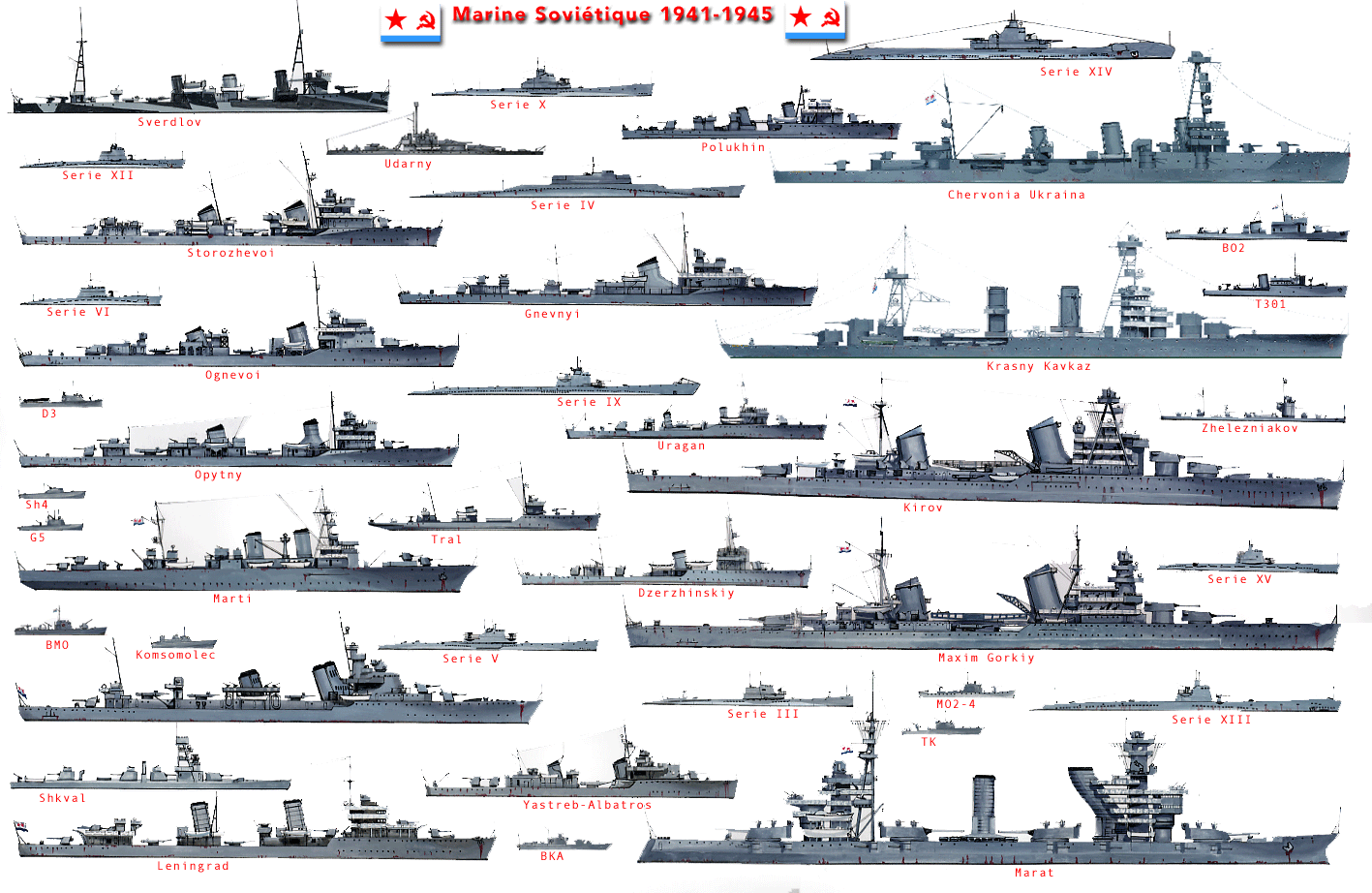


China also has more than 80 regular-sized destroyers and frigates, and a further 50 light corvettes. Some would classify these ships as large destroyers, but they displace 12,000 tons – more than the US Navy’s Ticonderoga class cruisers, and they carry a similar selection of weaponry. The PLAN also has six cruisers nowadays, the Renhai class.

A fourth carrier is expected soon, and reportedly this ship will be nuclear powered like US carriers, and so able to carry more aircraft and operate without refuelling. The Fujian is expected to carry 40 combat jets plus radar planes: and, crucially, she has catapults so these will be fully capable, powerful aircraft. She is 80,000 tons at full load displacement: bigger than Britain’s Queen Elizabeth class, and approaching the size of America’s 100,000-ton supercarriers. They aren’t proper carriers: they don’t have catapults, and thus have to launch their jets off a ski-jump ramp, meaning that China’s seagoing jets can’t carry as much as normal warplanes and are limited in their capabilities ( the same is true of British carriers, unfortunately).Ĭhina’s third carrier, the Fujian, was launched last year and is still fitting out. China now has two working aircraft carriers. The PLAN also has nine dangerous nuclear-powered attack submarines.Įntirely new classes of warship have also appeared in the Chinese order of battle. At least one is always at sea, unseen and unfindable, ready to launch its 12 ballistic missiles each with three nuclear warheads capable of destroying a city. Today the People’s Liberation Army (Navy), the PLAN, has six new nuclear-powered, nuclear armed submarines. China had no aircraft carriers and no cruisers. It had only one nuclear missile sub, meaning that it had no continuous at-sea deterrent. Its submarines were mostly old diesel boats, no great threat. Back in the year 2005, the Chinese navy was nothing to be worried about.


 0 kommentar(er)
0 kommentar(er)
